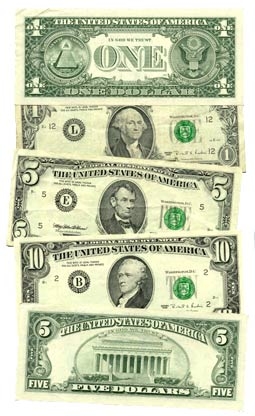You have /5 articles left.
Sign up for a free account or log in.

iStock
While institutions have focused on enrolling more high school graduates and seeing them through to commencement, new federal data suggest that students from lower socioeconomic classes still have trouble with access to higher education.
According to a report released Thursday by the Center for American Progress, major gaps still exist in enrollment between students from wealthy, well-educated families and their more impoverished peers.
“I think it’s an important reminder that we still have a lot of work to do on college access,” said Ben Miller, the report’s author. “There’s been a lot of emphasis on getting students to complete college and that’s totally warranted, but who even gets in the door of a school is an important thing, too.”
Miller, a former Education Department official in the Obama administration, is CAP's senior director of postsecondary education.
The center looked at data from the U.S. Department of Education’s National Center for Education Statistics -- it pulled from one of the department’s longitudinal studies that followed 23,000 students starting in 2009, when they were in ninth grade.
Students were divided into three groups that the department developed, a composite measure that includes income, as well as parental education and occupations.
About 70 percent of the students in the study had enrolled in some sort of college, either two- or four-year, by February 2016. But the differences among the socioeconomic classes were stark -- 90 percent of the students in the highest group had gone to college, compared to just 56 percent in the lowest.
The highest achievers in the lowest group weren’t enrolling in college at the same rate that their counterparts in the top group were.
Low-income students with the highest scores on math assessments enrolled in college at a rate 18 percentage points lower than those from the top group who earned similar scores.
And it was easier for the students in highest group who scored poorly on those same math tests to enroll in college. About 73 percent of students in the highest group who had earned low scores still went to college, compared to 41 percent of the bottom group who had earned low scores.
“There tends to be a lot of focus on high-achieving students from lesser means and how it’s unfair that they don’t go to college at higher rates,” Miller said. “And that’s undeniably true -- but what’s really striking in the data, where the higher education system is even more unfair, is how it extends to all kinds of students, and excludes opportunities for students from lesser means with middling academic results. I think that matters if you think about hitting broad national goals for college attainment.”
The students in the lowest group were disadvantaged in other ways, too. Only 36 percent of them attended a four-year institution, either public or private, compared to 80 percent of students in the highest group.
Black and Hispanic students, too, were far less likely to attend the more selective colleges and universities compared to their white peers.
About 19 percent of the white students in the study attended a highly selective college, versus 9 percent of Hispanic students and 7 percent of black students.
“These schools have greater sources on which to draw than do most other types of institutions, and they can put students on the path to particularly prestigious job opportunities that may not be as available to those who attend less selective institutions,” Miller wrote. “And these benefits are particularly important for underrepresented students.”
The disadvantages for minority students have been documented in other federal data.
Last year, the National Center for Education Statistics published a report on groups of students who took out loans and enrolled in college in 1995-96 and 2003-04. Almost half of the black borrowers in the 2004 group defaulted on at least one loan. That default rate was more than double that of white students' 20 percent; Asian students defaulted at a rate of 11 percent.
About 75 percent of black borrowers who failed to finish at a for-profit institution also ended up defaulting.








